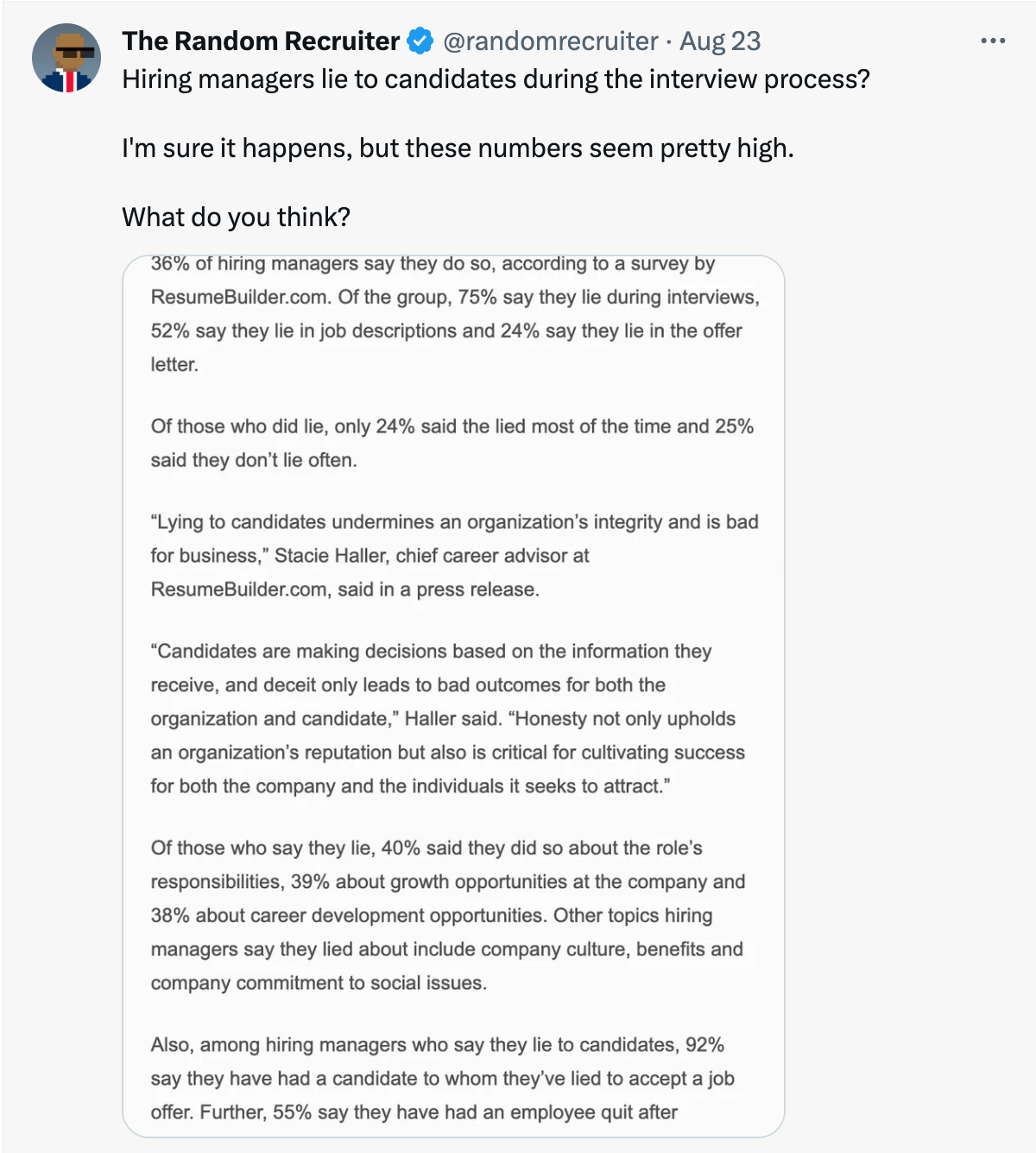#20: On why my newsletter is my favourite thing to write online
Publishing consistently for about 5 months now and I won’t stop here
Hey friends,
In this edition, I will talk about:
20 editions of this newsletter
LinkedIn trolls
3 posts I liked
Alex Hormozi’s launch
how to spot a fake smile
1/ Number 20
Here we are, friends, with the 20th newsletter in a row. I’ve been publishing constantly for almost 5 months, and I won’t stop soon.
My goal was to publish every Friday, but sometimes I would send it on Saturday, like this time, maybe Sunday, because, you know, life happens.
For example, even now, I’m taking a break from the beach to finish writing this.
It’s not always easy; actually, it’s never easy. Even though I try to pile up subjects for the newsletter during the week, it still takes me somewhere between 1.5 and 3 hours to get this sent to you.
Is it worth it? For me, it is.
Of course, I know that not all 1300+ people on my list read it (I know because of the statistics, doh), but still, I have quite a high open rate, and I just love it when someone likes it on Substack or sends me a reply.
It’s also a medium I control, Social Media algorithms are ever-changing, and you never know how many people your posts will reach.
With email, it’s another thing; unless you’re a sleazy salesman going directly to the spam folder, you are sure your list will receive it week after week.
That’s the first reason I write every week. You.
By the way, nothing makes me happier than your replies to these emails. I read and reply to you all. So, if you ever read something interesting or funny, be sure to drop me a note.
I would appreciate that.
The second reason I write this weekly newsletter is for myself.
Writing has always been my thing. I wrote poetry for many years, and I journal almost daily for some time.
This newsletter, along with my posts on Social Media, are a way to express myself, to let other people discover me, and to find similar passions or hobbies.
I have met several extraordinary people online. I learned and learn so much from them every day, and that is why I continue writing.
Even if there are days when I’m sick.
When I’m on vacation.
When I am working 12-hour days.
I always try to find the time to write this letter.
And until now, it worked.
2) The LinkedIn trolls
The term "troll" was originally used to describe someone who would post deliberately provocative messages in online forums, with the intent of getting a reaction from others.
However, the term has since been expanded to include anyone who engages in disruptive or harmful behavior online.
When I had my viral Twitter post, on interviewing, a lot of people commented negative stuff and I dealt with it by not reading most of the comments.
I would expect that from people on Facebook or Twitter, as these are platform with lots of people who just want to get into fights.
I didn’t expect it from LinkedIn, though.
A week ago, I posted about some interesting, in my opinion, questions I like to ask candidates, to see how they approach a problem and their thinking process.
It didn’t get viral, though it got 12K impressions, with an audience of 2K people.
What are impressions, one impression means someone has seen the post. Ideally, your posts should reach more people than your number of followers.
The algorithm shows your post to more and more people based on how many followers interact with your post by liking or commenting.
In simple terms, it’s a snowball effect.
But that’s not what I wanted to talk about.
I wanted to talk about the fact that several people started commenting about how bad this approach is for interviewing.
narcissistic
irrelevant
toxic
Are only some of the names I’ve been called by people who never met me.
And I was annoyed for a little while, I responded to some of them, until I realised it’s pointless and just moved on.
Lessons from this experience:
there will always be people who don’t agree with what you put ou there. If there aren't, it means you’re just posting “feel good” platitudes and there is no real substance in what you’re writing. Find your voice.
“trolls” on LinkedIn are a lot more educated and have a very coherent speech. Well, most of them, some are just stupid. What does that mean? It means that instead of commenting: “You’re stupid, f**k off” they would say things like:
the “internet game” is not simple. If you’re not ready for criticism, don’t play it. It’s not for everyone, that’s for sure. I learned this the hard way (but that’s a story for another time). I know people who received death threats for posting about their productive schedule. I mean it.
So, I’ll continue posting about the things I believe in, no matter how many people will disagree with me or calling me names.
3/ 3 Posts I liked
3 tweets or LinkedIn posts that made me think, educated me or amused me over the last week
It’s crazy how many hiring managers lie during the interview process
What do you think? Startups or big companies?
As an avid reader, this made me remember some of these books
4/ Alex Hormozi’s launch
Last weekend, all (maybe not all but lots of them) the online business owners and solopreneurs were watching the launch event of Alex Hormozi’s second book: 100M Leads.
Hormozi is an entrepreneur who works with businesses that have more than 3 million dollars annual revenue and scales these businesses. He has a very interesting story and you can look him up online.
Anyway, he launched a book a couple of years ago, called “100M offers”, in which he talks about finding an offer for your business so good that people feel stupid about not taking you on the offer.
It’s been a huge success and I’m rereading it at the moment.
It’s also free or almost free (amazon has a minimum price for books, it seems) and Alex has a free course detailing the book on his offer.
The event I’m talking about, launching the 100M Leads book began as a masterclass on getting leads (valuable in itself) and continued with his sales pitch on the book and different associated online course and bonuses.
And he was saying how the offer is worth more than 10K, and he just kept adding bonuses and decreasing the price of the offer until eventually he shocked everyone by giving it all for free.
So, the course is available on his website, and I fully recommend it if you’re in the business of creating and selling online products.
And I love his approach. He was honest about it, saying something along the terms of: “Look, it’s not that I don’t want to make money, I do, this is a business for me, it’s just that I want you to succeed, grow a business up to 3M, and then come to me so I can scale it to 10M, 50M, 100M. That’s where the real money is”.
And it makes sense. When my business will make more than 3M, for sure I’ll contact him :P
He also made the audiobooks available for free, on his podcast.
Check them out, they’re worth it.
5/ My own favorite piece of content
My post about how you can spot a fake smile (Maybe it comes in handy.)
Can you tell which of the two below is a fake smile?
Read to the end to find out if you were righ.
Bonus: You'll learn the exact steps to figure it out from now on.
Over the years, several scientists have been fascinated by people's ability to fake emotions.
The first one was a French guy called Guillaume Duchenne, who developed a system for investigating which muscles are involved in different facial expressions.
He would do that by photographing subjects as electricity was applied to their faces. In his book, "The Mechanisms of Human Facial Expression", he notes the differences between a smile induced artificially and one generated by a good joke.
He photographed subjects reliving emotional memories and compared those expressions to posed fabricated expressions. He examined the differences in facial muscles between the two.
Genuine smiles, also called Duchenne smiles, involve both the zygomatic major muscles that pull the corners of the mouth up and the orbicularis oculi muscles that raise the cheeks and create crow's feet around the eyes.
These muscles are extremely difficult to activate voluntarily.
1. Look at the mouth area. Is the smile broad and wide? Fake smiles tend to be tighter and less broad.
2. Check for crow's feet wrinkles around the eyes - Genuine smiles cause the skin to gather around the sides of the eyes.
3. Examine the speed fake smiles tend to appear and disappear quickly. Real smiles linger.
4. Note the symmetry: in authentic smiles, both sides of the mouth and eyes move symmetrically. Fake smiles can be lopsided.
5. Watch for head tilt: people tend to tilt their heads slightly down when smiling genuinely.
6. Trust your gut. Our innate intuition is good at subconsciously picking up on subtle facial cues.
Researchers have called the fake smile the "Pan American" smile, after the fake grin produced by flight attendees.
If we look at the 2 photographs, we can clearly see that the first one is a genuine smile. It involves both the zygomatic major as well as the orbicularis oculi muscles.
The upward movement of the cheek has produced more striking contour lines at the sides of the nose and around the bottom and sides of the eyes.
The mouth is wider.
So, if you guessed right, you're a natural. If not, people might fool you with the "Pan Am smile".
Thank you for reading, and let me know if you liked something in particular in this newsletter.
Until next time,
Leo
P.S.: If you would like to read my content on a daily basis, don’t forget to follow me on Twitter and Linkedin.
P.S. 2: If you want to take your Productivity to the next level, check out my extensive Productivity course that can accelerate your career.









Informative and disruptive at times. Always interesting reading your articles.
An avid reader from Nairobi, Kenya.